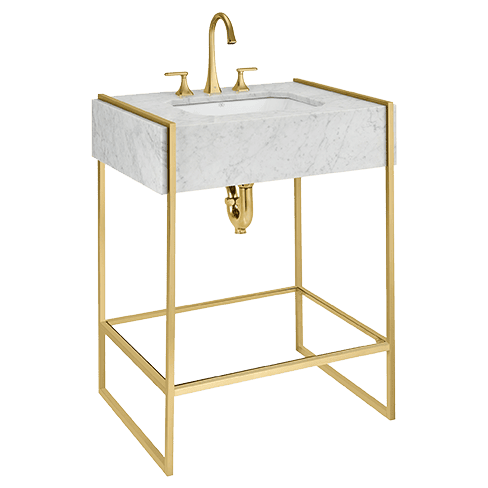
DXV
Belshire Collection

Art Deco Interior Design has its origins in the French artistic decorative designs of the 1920s and 1930s. It is a dramatic, modern and glamorous trend that remained popular in the U.S. and Europe through almost three decades. In today’s contemporary furnishings and fixtures, the Art Deco style still inspires designers due to its reliance on simplistic lines, vivid color, metallic and rich wood accents.
Art Deco interior design is an intriguing blend of rich colors, bold geometry, and decadent detail work, showcasing much of the spirit seen throughout the Roaring Twenties. This style, though over a century old, continues to attract a chic crowd. It emerged during the 1920s and ’30s and is characterized by a sleek, streamlined aesthetic that combines modern art influences and technological progress. This visually striking design style conjures images of the Great Gatsby, flapper culture, and vibrant jazz music, all packed into your living space. Further, it incorporates elements from the modern movement—such as bold shapes often seen in symmetrical forms- which highlights the Art Deco obsession with balance and the alignment of design.
Minimalism and streamlined surfaces are a significant part of the Art Deco style as simple lines blend with functionality. However, Art Deco interior design is never bland or neutral. This bold style pairs vivid colors like sapphire, jade or lemon with lacquered ivory or onyx to set the stage. The interior design art deco style doesn’t shy away from the use of sophisticated luxury items and extravagant finishes. Think gold accents, polished wood, and expensive materials. Exotic marble, stone or artistically styled tile patterns form the surfaces of bathroom and kitchen floors and countertops, creating an atmosphere of luxury.
The style also displays an exuberant use of light fixtures and lighting, encompassing bold, oversized angular shapes and geometric patterns. Art Deco can incorporate everything from the parquet patterns of herringbone floors to the clean, angular lines of chrome lamps and metallic bar carts. The style is versatile, vibrant, and full of personality, illustrating a glamorous look that doesn’t fade with time but only grows richer and more luxurious.
To achieve contrasting vintage and modern Art Deco interior design style, experiment with space, angles and geometry. Incorporate rich-exotic woods, natural higher-end stones, marble or tile for high style.
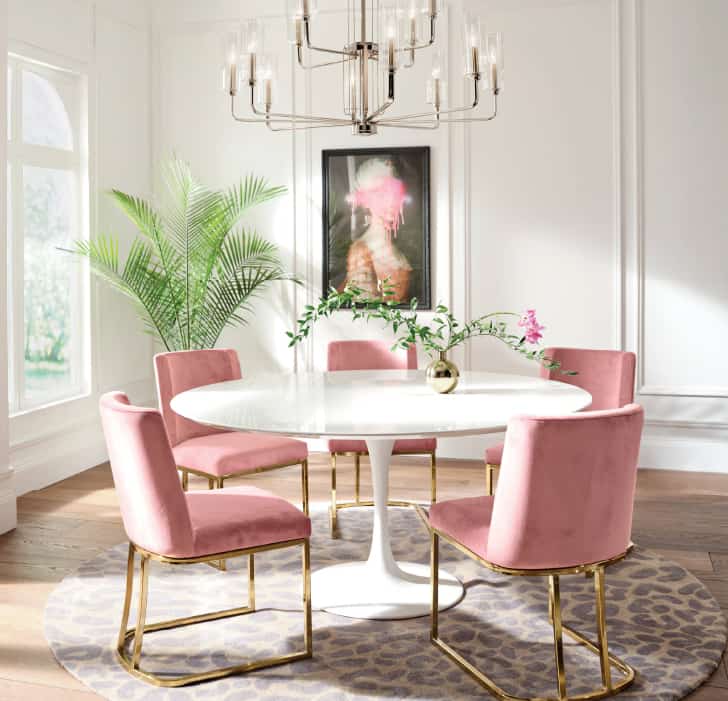
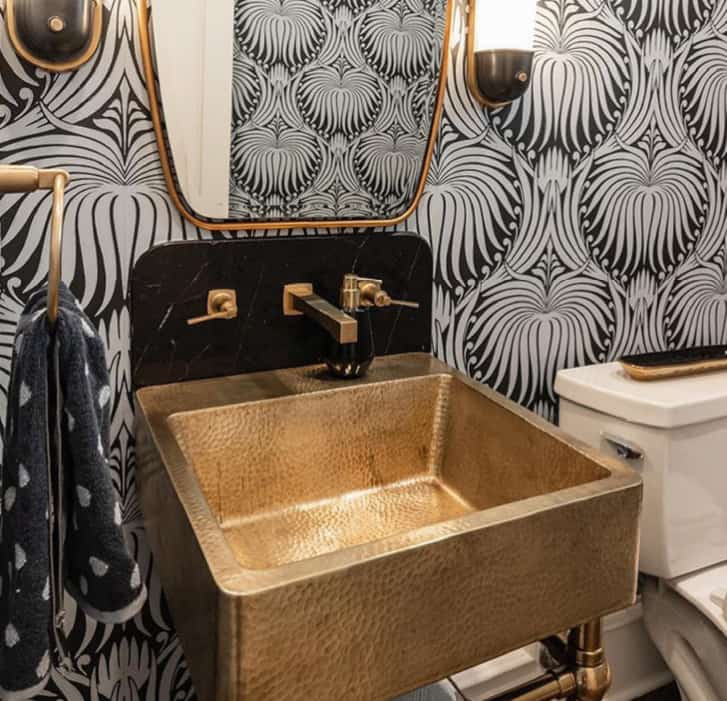
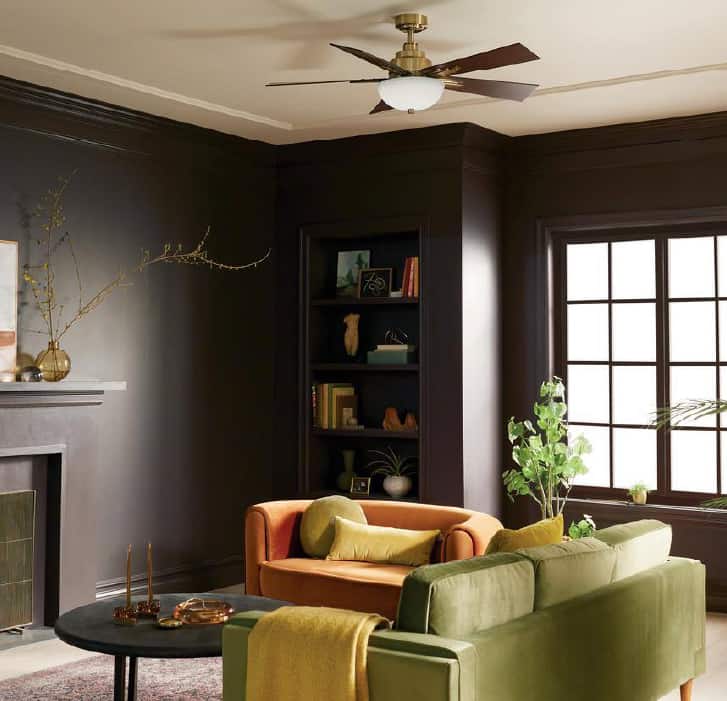



A little bit of Art Deco Interior Design goes a long way. Decorating your entire house in geometric patterns, bold colors and exotic materials may be too over-the-top in today’s homes. However, weaving in a few signature pieces such as a sunburst styled chandelier in the dining area, or black lacquered cabinets with mirrored knobs in the bathroom creates a focal point of interest to a room. Today’s more neutral shades of soft greys, beiges, creams in paints and fabrics paired with an accent color in a very rich jewel tone will make the room pop.

Belshire Collection
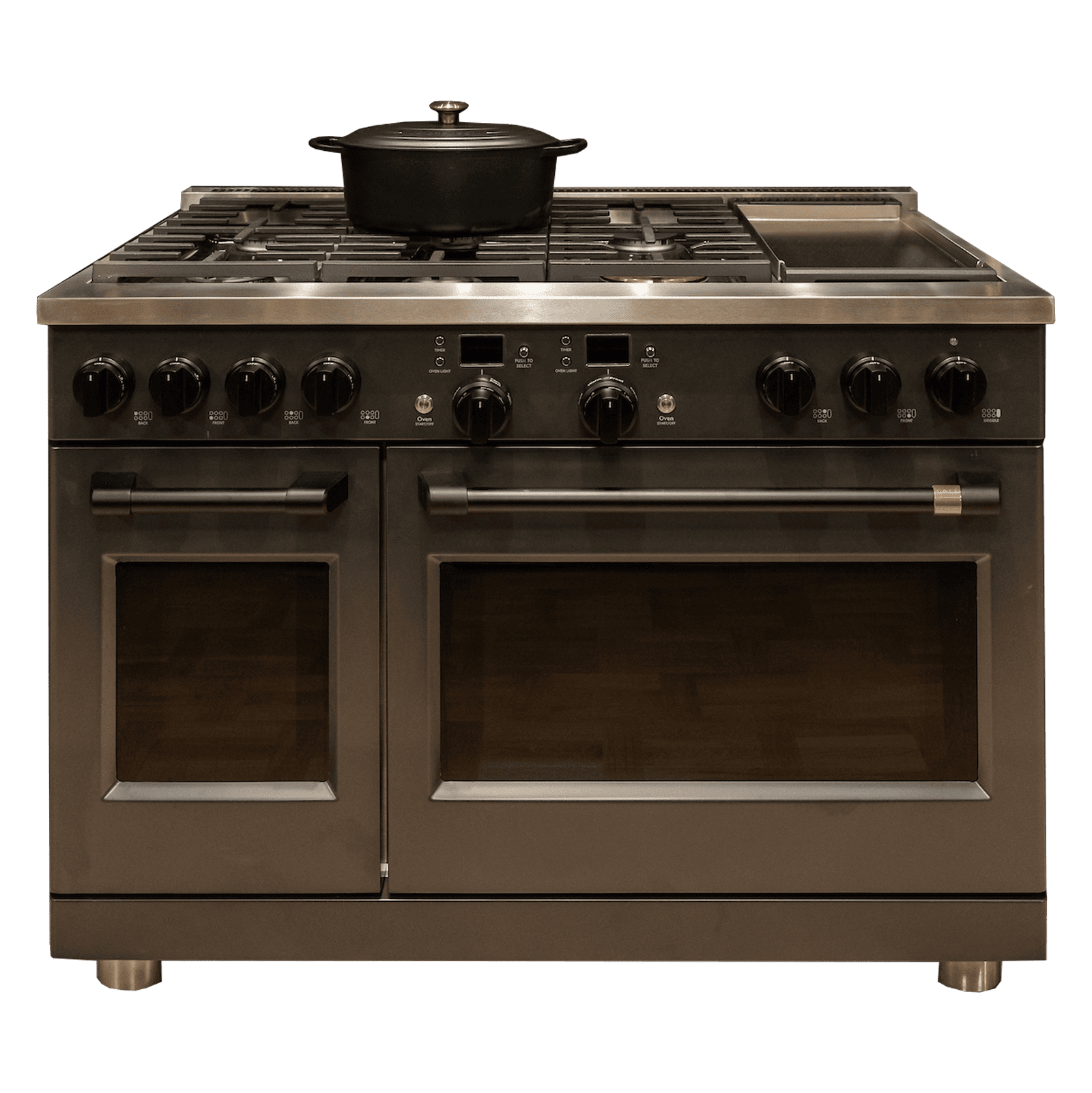
Café Midnight Luxe Kitchen
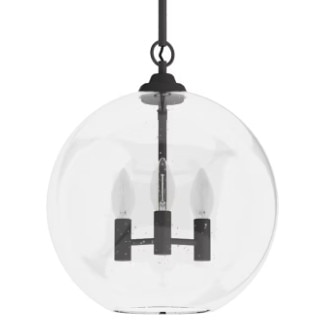
High Oaks Collection
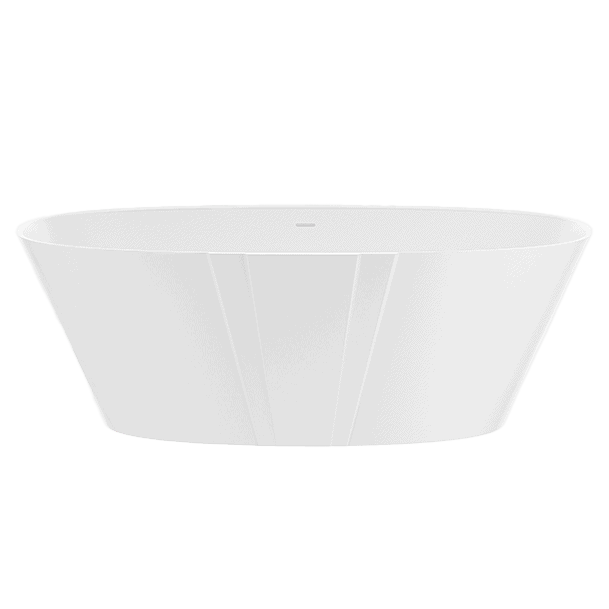
Cosmopolitan Collection
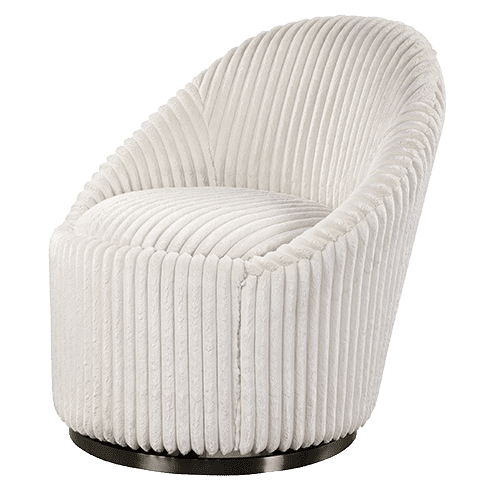
Crue White Swivel Chair
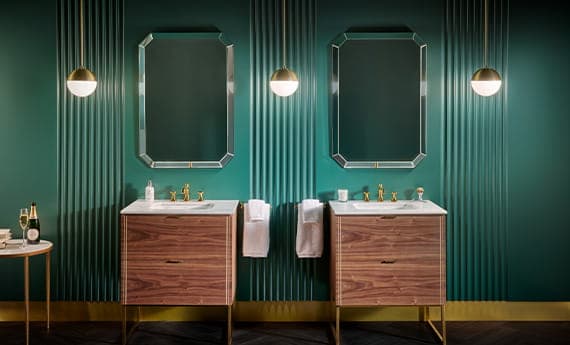
Art Deco interior design, characterized by symmetrical forms and geometric patterns, was a significant aesthetic movement during the early 20th century. It served as a testament to the era’s technological progress and admiration for all things modern. The design style took inspiration from a melting pot of historical and cultural influences ranging from the ‘1920s-inspired angular lines to ancient Egyptian art. The primary characteristic that differentiates Art Deco from the Art Nouveau movement that preceded it is its penchant for bold, geometric designs. These include sharp lines, solid colors, and bold shapes straight out of a geometry workbook.
The style also leaned towards luxurious materials such as expensive woods, rich colors, parquet patterns, and metallic accents. The modern Art Deco interior design style, however, offers a softer discography. In the 21st-century space, designers have started to experiment with more contemporary elements—abstract wall art, lacquered wood, and even optical illusions. Yet, the bold geometry reminiscent of its predecessor remains, and it’s known to accentuate design styles such as abstract forms and clean lines.
The Art Deco interior design style reflected the movement’s philosophy where fine arts converge with everyday life. Now, modern interpretations mesh it with 21st-century patterns, showcasing an elegant fusion of vintage and contemporary that remains true to the Art Deco principles. Art Deco interior design continues to hold major roles in general design and architectural styles, demonstrating its timeless appeal.
Reach out to our team of design and product consultants. We’re experienced in home design and know our products better than anyone else. We are more than happy to work with you to find exactly what you need to get this look.